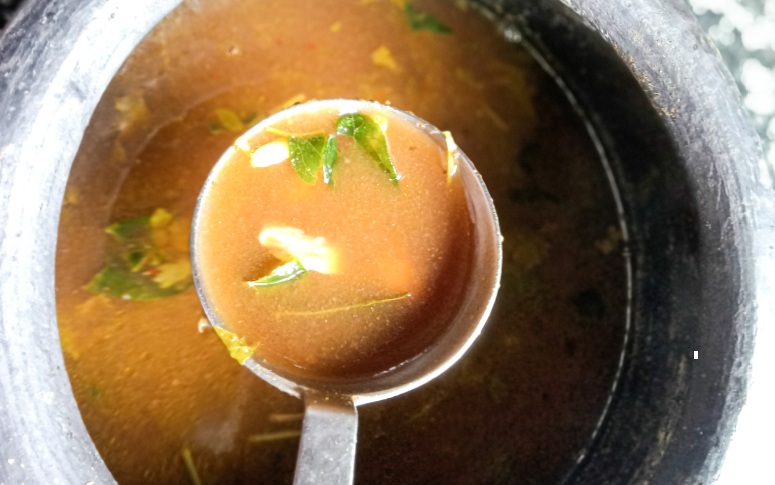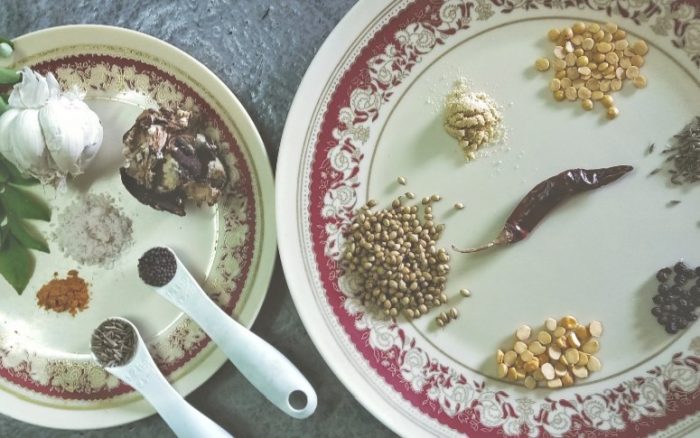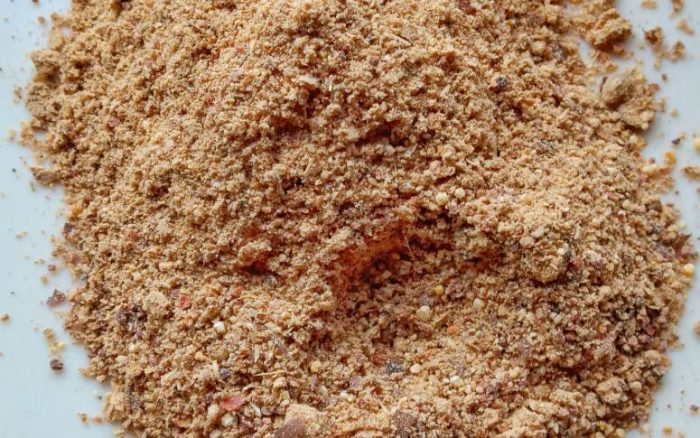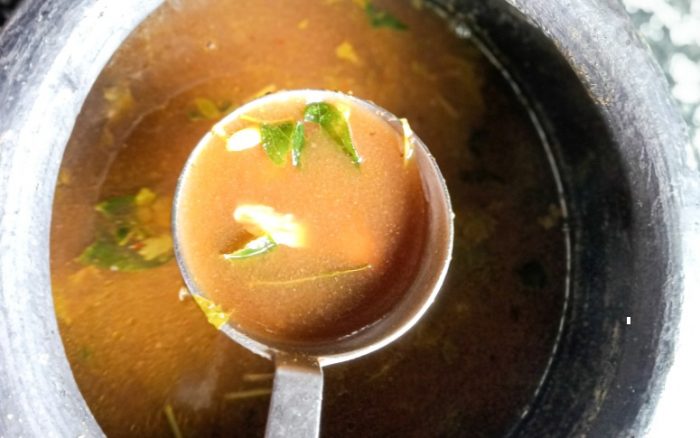The Tale Of My Poondu Rasam
- By Preetha SrinivasanLoading...
- | 10 Sept 2020 5:05 PM IST
 X
X
Finding yourself immersed in nostalgia when you're served food or when you make it is the best kind of nostalgia ever. Food can evoke more emotions than anything put together. And, for me this Poondu Rasam recipe brought back a whole lot of memories as this amazing recipe that has exchanged so many hands in my family.
Story of my Chitti's Poondu Rasam
All my chittis ( aunty in Tamil) and maamis have been blessed with great cooking skills, and what they lacked in, they learnt patiently over the years from my paati (naani). She would guide and the newly wed maatu ponnus (bahus) and daughters would toss in ingredients as commanded. They always learnt to cook in sync and togetherness, which is a great asset; something fading away in nuclear families now. And, so they learnt the Deekshatar family style of Kozhambu (curries), Kootu (lentil and veg preparations) and rasams. Soon, most of my Mama's moved to other cities and so the cooking workshops of paati ceased. But my aunt, Revathi Chitti, being the youngest, could observe a little bit longer. Thank God for that. Being born and brought up in Bombay, my visits to the south were limited to summer vacations, something that I looked forward to. Whenever we went home, we were treated with special fondness, considering we were starting to become rare sights. After a fun play day with my cousins, we would sit around our elders in a circle, patiently waiting to be fed. Since the mothers were up to other tasks, such duties were always passed on to aunt's and elder sisters.
Nostalgia around being pampered through food
And that's where my Chitti honed her skills at patiently feeding each child, keeping them mesmerised with stories. She had with time mastered the art of sneaking in the most despised vegetables in rasam rice urandais (dumplings/balls) and we would unknowingly eat it since we were captivated with her stories and couldn't care less about such trivial things. By the end of the meal, both were satiated. Soon, she moved to Bombay after marriage and I got to have all of those stories and patient feeds, just for myself. Don't judge!
My favourite memory of her feeding me will always be Poondu rasam, nalla masicha saadam (well mashed rice) with ghee. She had a unique style of feeding rasam rice. She would never add the entire rasam in the rice. She would take small portions of rice, mash it well with ghee, add hot rasam over it, search for whole pieces of soft garlic and mash it in. She would patiently mix and blow over it till it was safe for me to eat. She had way too much patience and always had beautiful stories of Raju the Cat, to accompany where she enacted the scenes with a lot of dramatic meows. I am sure I would have polished off the poondu rasam rice even without her stories, but it made eating so much more fun. Even after she had kids, I would often ask her to say those stories and feed me, something the kids found very amusing. It's been years that we met, but we keep in touch. I was telling her a few days ago how much I missed her Poondu Rasam and she happily shared her recipe. And, I am sharing it with you. I usually crush my garlic fine and use a lot of finely chopped garlic too. But today you're in for my chittis rasam recipe, where only whole softened garlic, simmering in a fragrant freshly prepared rasam podi makes this experience perfect. You can serve it hot with a vegetable of your choice, or even fried appalams.
Chitti's notes: Chitti says you can add diluted/ thinned toor Dal water while simmering the rasam, but it’s optional. Also this rasam tastes even better when left to infuse for a few hours.
Recipe for the Podi:
2 drops of oil
1 medium piece of whole Hing/ 1/4 tsp Hing powder
1.5 tsp coriander seeds( dhania)
1/2 tsp chana Dal
1/2 tsp toor Dal
1 dried red chilli ( I used Guntur)
1/4 tsp black peppercorns
1/4 tsp cumin seeds ( jeera)
Rasam:
Gooseberry sized tamarind soaked in water
18/20 cloves of garlic
Salt to taste
2 tsp ghee
1/4 tsp mustard seeds
1/2 tsp cumin seeds
2 sprigs curry leaves Pinch of turmeric
Method:
1. In a pan, add oil and fry Hing. The minute it starts to swell, add the rest of the ingredients, one by one ( except cumin seeds) and roast on a low to medium flame till aromatic and the lentils turn golden brown.
2. Switch off the flame, add cumin seeds and mix well. Keep aside to cool and grind to a fine powder.
3. In a pan, keep 1 cup of water to boil.
4. Gently crush the garlic pods, ( but retain them whole) and add to the boiling water.
5. After 5 minutes, add extracted tamarind juice, salt and 1 cup of water. You may add some curry leaves here.
6. Boil on a medium flame for 8/10 minutes.
7. Once the raw aroma of tamarind reduces, add the ground podi, water as required and simmer on low flame till rasam is frothy. 8. Don't boil rasam at this stage.
9. Prepare tempering with ghee, mustard, cumin, turmeric and curry leaves.
10. Pour over rasam, mix and cover to infuse flavours.
11. You can add some crushed garlic to the tempering too if you wish
12. Serve mixed with hot steamed rice and ghee.

Preetha Srinivasan
Preetha�s endeavour is to promote south Indian cuisine through her YouTube channel, Dakshin Curry. She absolutely loves curry leaves, and can fit them happily into in any recipe. For those of you who curse the poor thing, dry roast and powder them or use them in your dishes and enjoy the health benefits she says.





